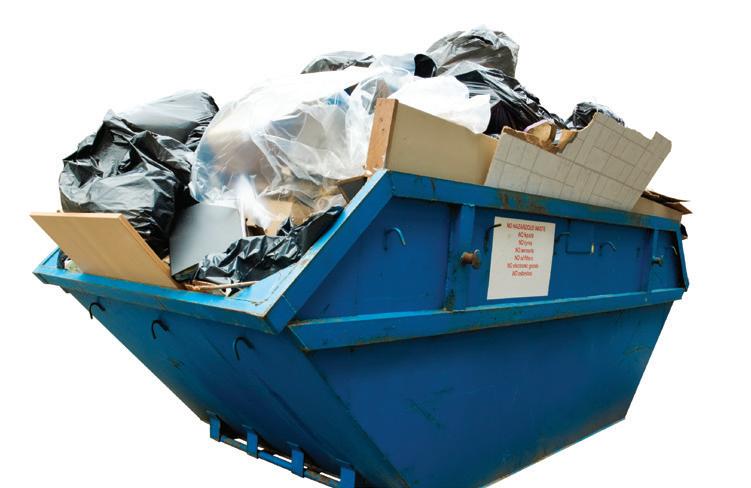
4 minute read
71 Number: statistics and quantity
A
B
Advertisement
C Changes in numbers and quantities
During the five years 2010–2015, internet use across the world was estimated to have increased twofold1, while in China, it quadrupled2. In the developing world, internet use grew by a factor of3 three. The drastic4 changes in interest rates resulted in a threefold5 increase in the number of people unable to keep up their mortgage repayments. The estimated number of stars in the Milky Way has been revised upwards6 in light of recent discoveries. The weather patterns have deviatedfrom the norm7 in recent years. Sales fluctuate8 from month to month. Interest rates have seesawed9 all year. Share prices have been erratic10 this last month.
1 the suffix -fold means ‘multiplied by that number’ 2 increased by four times 3 multiplied by 4 severe and sudden 5 twofold, threefold, etc. can be used as an adverb or adjective 6 changed to a higher number (you can revise something downwards to a lower number) 7 moved away from the standard or accepted pattern 8 keep going up and down 9 gone up and down at regular intervals 10 not regular and often changing suddenly
More expressions for describing statistics and numbers
When the different amounts were added up, the aggregate was £600,000. [total]
I’ve aggregated all the figures. [added up all the different amounts] The Finance Minister said the July rise in inflation was only a blip. [temporary change] There seems to be a correlation between mathematical and musical ability. [connection between
facts or things which cause or affect each other] The percentage of GDPexpenditure which goes on education varies considerably from country to
country. [Gross Domestic Product: the total amount that a country produces] [the amount of money spent on something] There’s a discrepancy between our figures and yours. [difference between two things that should be the same] The ratio of men to women in the Engineering Faculty was 3 to 1. [the relationship between two
amounts, which expresses how much bigger one is than the other] The company’s figures were found to be flawed and the accountant was fired. [inaccurate]
She suffered multiple injuries in the accident. [very many of the same type, or of different types] Our data are inconsistent with yours. [not in agreement with]
Assessing quantity
Let me give you a ballpark figure1 of how much money we expect to make this year. If I tot everything up2, we begin to run into six figures3. There are a lot of variables4 and our projected figures5 may not be all that accurate. So I’ve erred on the side of caution6 and I’ve rounded things down7 rather than up, in order to give you a conservative8 estimate.
1 guess believed to be accurate 2 add everything up (less formal) 3 get a figure over 100,000 4 different factors that may change 5 planned figures 6 been cautious 7 make, say, 2.5 into 2 rather than 3 8 cautious
71.1
71.2
71.3
71.4
Use words from the opposite page to fill the gaps.
1 The chain has increased its number of restaurants in the last ten years. There were
20; now there are 80. 2 Many teachers were worried after the government announced it was going to cut its on schools. 3 The number of students enrolling for the course has increased by a of three, from 50 to 150 in just two years. 4 There was a sudden and rise in the number of serious road accidents during the
extreme bad weather last winter. 5 We need to the estimate downwards from 3,000 to about 2,500. 6 There seems to be a between the two sets of data which suggests that the
experiment was successful. 7 International trade is important to the country and makes up one third of its .
8 The company its number of overseas branches from three to 12 in the space of
five years.
Rewrite these sentences using the words in brackets so that they keep the same meaning.
1 The two reports of the accident appear to be inconsistent. (discrepancy) 2 Oil prices were up one moment and down the next last year. (seesaw) 3 Monthly average temperatures have been different from what we usually see this year. (deviate, norm) 4 The water levels didn’t go up and down as much as we’d expected last year. (fluctuate) 5 I don’t need to know all the individual figures – just give me the total. (aggregate) 6 His moods change – one minute he’s happy, the next he’s depressed. (erratic)
Answer these questions.
1 If you give someone a ballpark figure, is it (a) precise or (b) rough? 2 If you round up 68.7, does it become (a) 69 or (b) 68? 3 If you want to give a conservative estimate when forecasting profits, would you prefer to (a) underestimate or (b) overestimate your figures? 4 If your weekly wage (in dollars) has just run into four figures, how much do you earn? 5 If you tot up all the numbers between 1 and 10, what do you get? 6 Name two variables that might affect a soft drinks company’s projected profits. 7 If the ratio of girls to boys in a school is 1.5 to 1, are there more girls or boys? 8 If you err on the side of caution, do you (a) take care not to make any mistakes, (b) adopt a cautious attitude, or (c) make errors through lack of caution?
Complete the word formation table below. Use a dictionary if necessary. Do not fill the shaded boxes.
verb noun adjective deviate
discrepancy
flawed inconsistent
err
multiple





